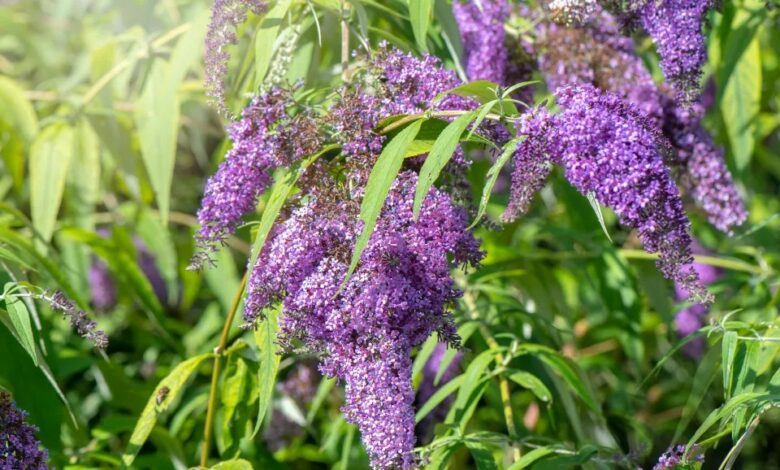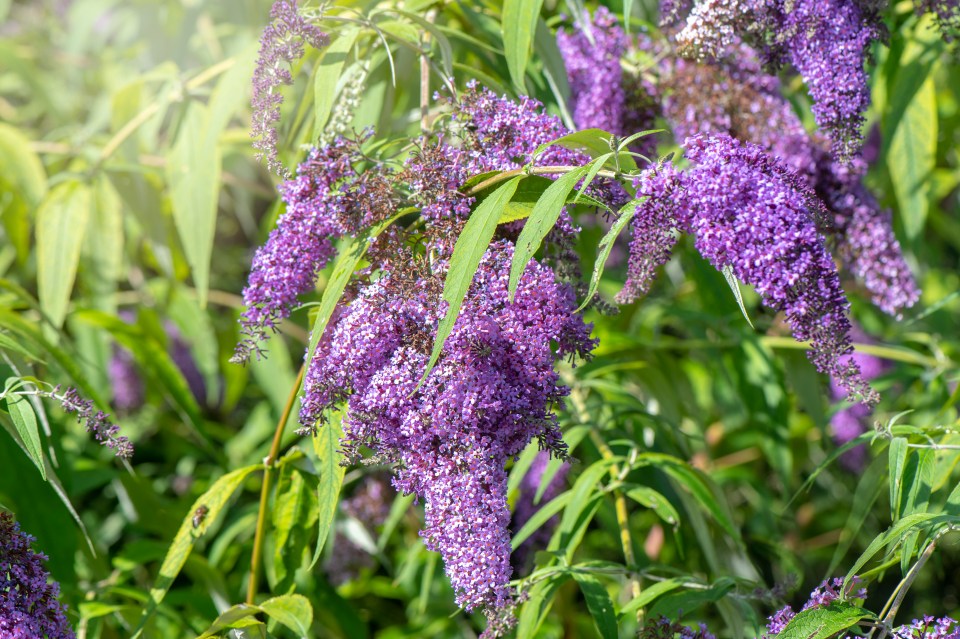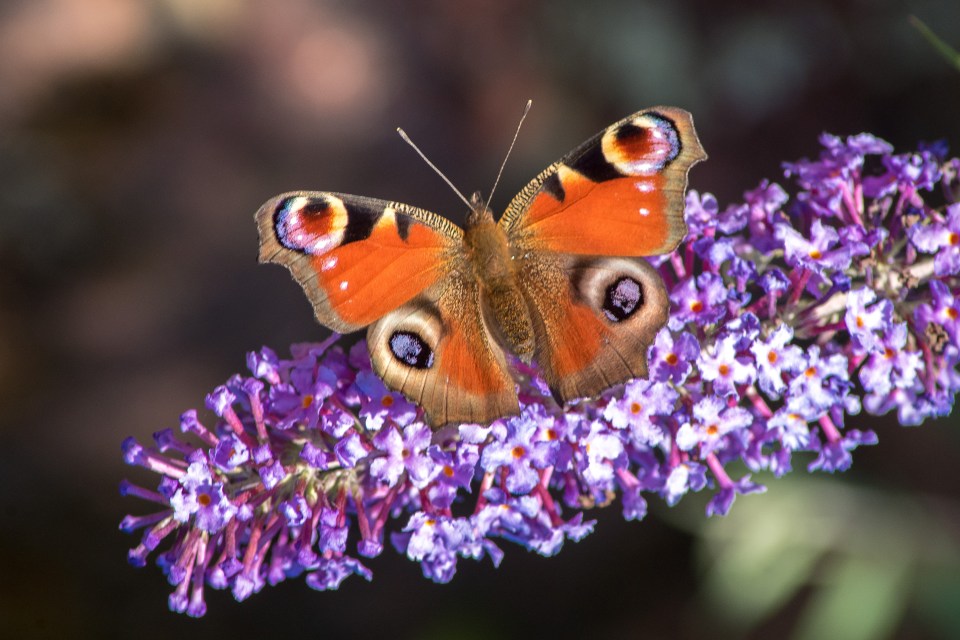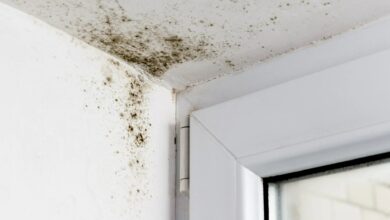Gardeners warned over plant ‘as invasive’ as Japanese knotweed



GARDENERS in the UK have been warned about a common plant that can be a nightmare to care for.
The butterfly bush is known for its beautiful purple flowers and strong scent. It is a common plant in gardens.
Because the shrub is so popular with butterflies, it is also called butterfly bush.
But despite its attractive appearance, the plant is extremely invasive and can even cause damage to buildings if not treated properly.
Jennifer Holms from Environmental controls said the plant can be as “difficult to control or manage” as Japanese knotweed – another incredibly invasive species.
How does Buddleia spread?
The butterfly bush spreads through airborne seeds, which can end up in cracks and crevices of buildings and germinate there.
The plant can even reach an astonishing height of 4.5 meters.
Although Japanese knotweed may not be well known, gardeners should still be careful with the plant.
Although not prohibited under Schedule 9 of the Wildlife and Countryside Act, it can still spread quickly and, if you are unlucky, cause significant damage to the foundations of your home.
What damage can Buddleia cause?
Jennifer said: “Both butterfly bush and knotweed can cause significant damage to buildings.
“However, Buddleia causes less damage to underground infrastructure due to its shallow root system.
“Both species are highly invasive and difficult to eradicate, but butterfly bush (unlike knotweed) can grow in hard-to-reach places such as roofs, gutters, windowsills and walls. In fact, it can grow anywhere a seed lands.”
The Department for the Environment, Food and Rural Affairs (Defra) considers the plant an invasive, non-native species.
While the butterfly bush is great for attracting insects, Jonathan Barton, director of PBA Solutions, previously told The Sun that the butterfly bush can be “more troublesome” than Japanese knotweed.
“Buddleja can be trickier than Japanese knotweed in many ways, as it spreads by seed. These seeds can germinate in difficult places and in inhospitable conditions.
“The fact that butterfly bush can germinate so easily is the reason you often see butterfly bush growing along the sides of buildings and other structures.
“Nine times out of ten, if you look at a building and see a plant growing out of the brickwork or the chimney, it’s a butterfly bush.
“But it doesn’t stop there. Once the plant has established itself in a wall or roof of a building, it produces fibrous roots that can cause significant damage to buildings as they grow.”
The butterfly bush is an exceptionally seed-producing plant. It is estimated that a single butterfly bush can produce over 40,000 seeds.
Jonathan adds: “The butterfly bush’s roots penetrate deep into structures, making them difficult to remove.
“We have seen buildings fall apart because of the butterfly bush and railway arches often fall victim to this plant too.”
How do I get rid of Buddleia?
The expert said: “Using herbicides is the obvious choice, but does not work as well on older plants and is likely to be fully effective only if a structured treatment regime is followed over several years.”
An easy way to prevent butterfly bush from spreading is to cut off the flowers before they produce seed.
It is best to let the cuttings dry as quickly as possible and throw them in a sealed bag on the compost heap.
However, if you have a large butterfly bush, this can be difficult or even impossible.
The butterfly bush can be pruned every year. This limits the size of the plant and the number of flowers.
Benefits of Buddleia
Buddleia, also known as the butterfly bush, has many benefits. To prevent the plant from overgrowing your garden, you need to keep it under control.
Fabulous Deputy Editor Rebecca Miller is a gardening enthusiast and explains why Buddleia is a beautiful plant to have in your garden.
The butterfly bush produces attractive flowers that can be white, pink, purple or yellow. As a result, many pollinators are attracted to this plant, including butterflies, bees and moths.
Surprisingly, Buddleia is also a great ingredient for skin care. It has antioxidant, anti-inflammatory, and photoprotective properties that can soothe irritation, reduce redness, and promote skin healing.
In traditional Chinese medicine, butterfly bush flower buds are used to treat eye complaints such as bloodshot eyes, eye discharge, and light sensitivity. Butterfly bush has also been used to treat sore or swollen eyes, inflammatory conditions, and headaches.”






